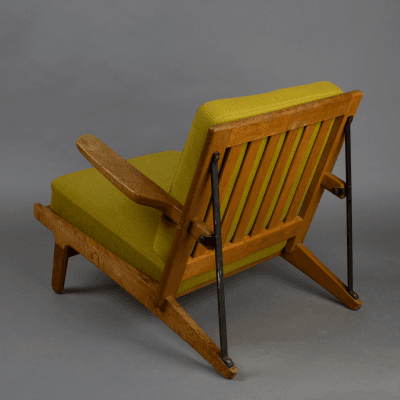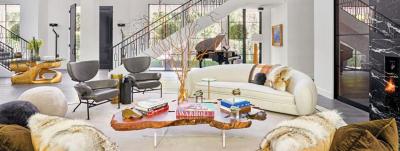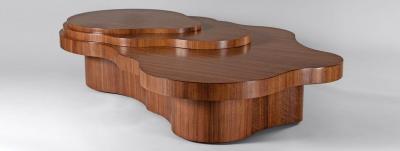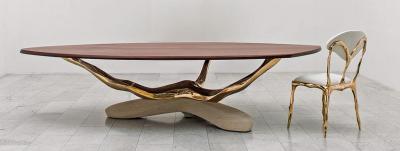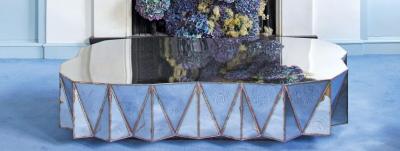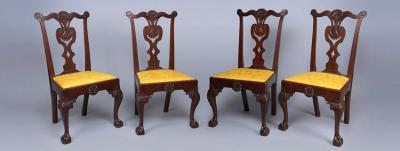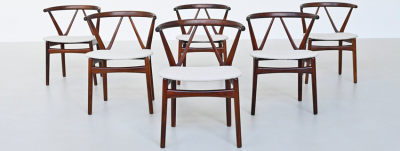Andrew Weaving’s "Living Retro" Celebrates the Versatility of Mid-Century Modern Design
There is an art to incorporating mid-century furniture into today’s interiors. Whether you are working a handful of vintage objects into a contemporary space, or meticulously assembling a time capsule within an interior, the goal is to have each piece stand out—highlighting its unique place in design history.
In his new book, Living Retro, Andrew Weaving—owner of the online gallery Centuryd.com, which specializes in mid-century design—shows how some of the world’s savviest modern design lovers live with their favorite pieces. Weaving divides these enthusiasts into three camps—purists, who allow a home’s architecture to dictate the interior design, ultimately creating a historically accurate residence; those whose signature style informs the direction of their interiors, which often feature objects from different periods and styles; and maximalists—passionate collectors who wish to fill every corner of their home with retro treasures.
The tome, published by Ryland Peters & Small, features beautiful imagery—courtesy of photographer Andrew Wood—of eighteen homes that achieve the “living retro” ideal. Highlights include an exuberant, William Cody-designed residence in Rancho Mirage, California, owned by the twentieth century design dealer, Courtney Newman, and his wife, Joy, which includes a custom-designed table by the legendary interior designer Arthur Elrod, armchairs by the Italian architect/designer Guido Faleschini, and a Tulip table and chairs by Eero Saarinen. There is also a sophisticated Parisian haven filled with Scandinavian design by the likes of Hans Wegner, Arne Jacobsen, Finn Juhl, Poul Henningsen, Poul Kjaerholm, and Bruno Mathsson, as well as the chic abode that superstar designer Jonathan Adler shares with his partner, Simon Doonan. The inviting and cheerful home features a mix of new designs, including works by Adler and vintage pieces such as a dining table by George Nelson and a pair of Warren Platner lounge chairs.
From bright and playful to utterly urbane, the homes featured in Living Retro prove that modern design is not tied to a certain aesthetic or style. Rather, the residences champion the endless versatility of timeless objects. As Weaving states in the introduction to his book, “Living retro does not demand close adherence to any particular set of style rules. There are no limits other than the chronological parameters the look spans, roughly from the 1950s to the late 1970s. . . It’s not a trend that can be summed up in a sentence or two, but an idiosyncratic style that’s all about having the confidence to live with the things we love, and put them together in a way that suits our own particular circumstances."





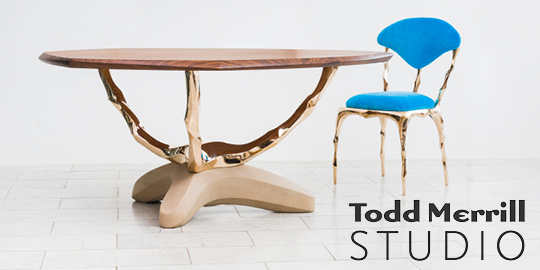
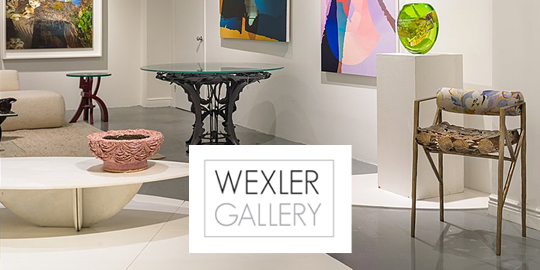






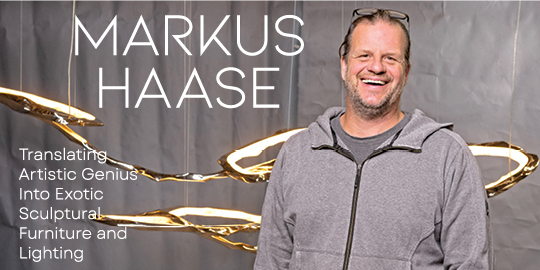



_1076.jpg)


